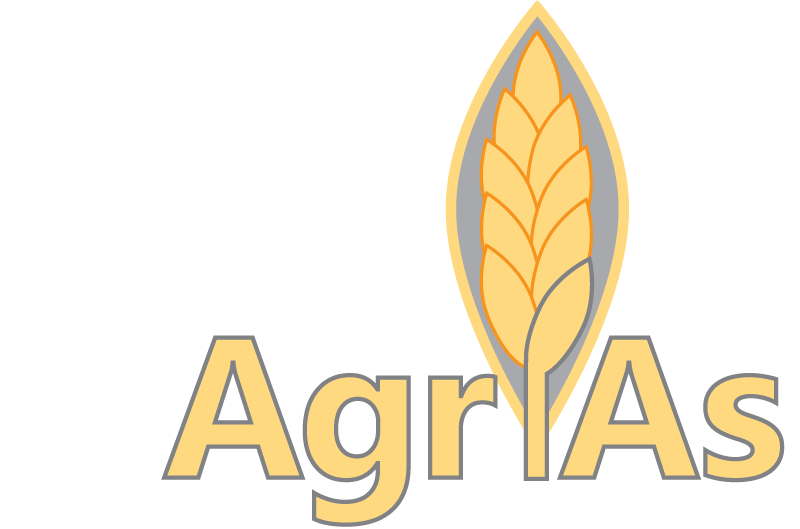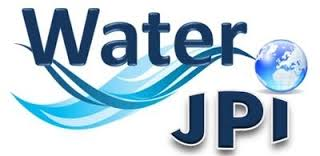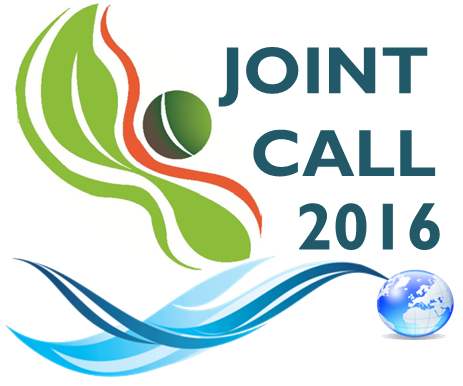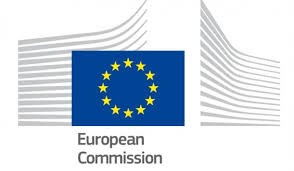WP3. Arsenic removal technology & innovation
(Leader: UOULU, Partners: KTH, KWR, GEOS, BRGM, LEB)
Objective
The objective is to find the most effective and innovative methods for arsenic remediation of water and soil. The experiments will be carried out first with synthetic samples and after that with real samples from the pilot sites in Germany and France. The research may lead to t hybrid systems involving multiple techniques, e.g. adsorption, photocatalysis and membranes.
Approach
Task 3.1 Laboratory investigations on arsenic removal technologies – water (UOULU, KTH)
KTH will study the techniques for oxidation and coprecipitation of arsenic in water, especially oxidation with permanganate and coprecipitation with hydrous iron oxide. The potential of recovering coagulant from the residuals (sludge) generated during the removal process will be studied. The recovered coagulant will then be used to precipitate arsenic in the main treatment process. Similarly, the regeneration of (low cost) adsorbents will also be an activity in this work package. The safe disposal of the arsenic-laden wastewater will be investigated.
Low pressure reverse osmosis will be selected for As removal studies since it is very efficient can achieve high removal rates. UOULU will be responsible for these experiments.
UOULU will also study adsorption as a hybrid process where it is used as a pre-treatment prior to the membrane process. Photocatalytically active materials such as TiO2 will be studied for As removal as a pre- and post-treatment stage to the membrane process to compare their properties to low-cost adsorbents.. Photocatalysis will be studied as a new low-cost treatment method combined with membrane technologies to achieve high performance hybrid membrane processes. UOULU will carry out the photocatalytic experiments.
Task 3.2. Laboratory investigations on arsenic removal technologies – soil (GEOS, BRGM, LEB)
The addition of iron based components in combination with MgO and CaO to As-contaminated soil to decrease the As-transfer into biomass will be tested and evaluated. Besides the transferability of the results to other contaminated areas will be investigated and best practices scenarios deduced. BRGM will develop methods for assessing the results of soil remediation techniques. Evaluation of As treatment by applying bio-indicators (microbial, plants) to samples of treated soils will be done.
Task 3.3 Sustainability assessment for arsenic removal technologies (UOULU)
A questionnaire based sustainability assessment tool will be applied to arsenic removal technologies. This tool helps to compare several design possibilities and assists to select the most sustainable one. The tool provides a transparent sustainability assessment for different arsenic removal technologies, considering key criteria in the economic, environmental, and social sustainability issues. The criteria will be identified based on literature studies and interviews of experts. Data for the assessment will be obtained through laboratory experiments and from the literature.
Outputs
- Report on the experimental work on arsenic removal from water
- Report on the experimental work on arsenic removal from soil
- Report on the sustainability assessment for arsenic removal technologies







